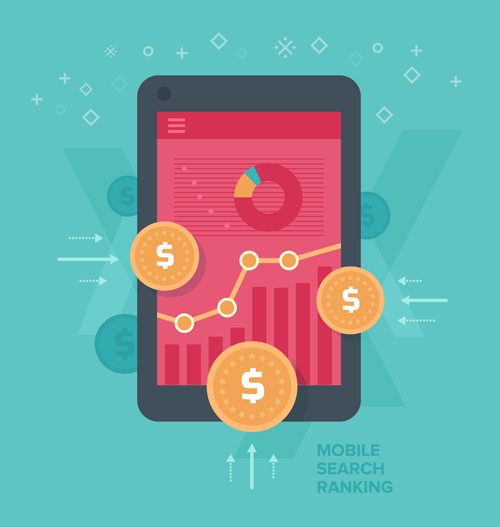
Monetization is a key component of almost any mobile app. In some cases, the monetization is passive, merely a value add that your app offers for current customers and prospects, as in a mobile banking app from Wells Fargo or a recipe app from Publix. In other cases, monetization is much more direct, coming in the form of in-app purchases, advertisements or paid apps.
But many monetization options create obstacles for users. Some are incredibly clunky, preventing a clean, simple user experience. Others bring about privacy concerns, with far too much personally identifiable information gathered and shared. Developers should be compensated fairly for their efforts, but I think most developers agree that this shouldn’t come at the expense of their users.
App Monetization for Developers
64% of Android app developers make less than $100 a month on their apps.
Ads and in-app purchases are reliable methods to make money from your app – but few developers are jumping for joy at the revenue they’re receiving. Worse, to get a good CPM, you often have to make the ad experience incredibly invasive, at the expense of your user experience. No developer wants to sabotage the user experience of their app. You build apps for several reasons (enjoyment, financial incentives, because your employer needs one, for your own use). While there are a myriad of reasons that developer build apps, there are few developers that aren’t concerned with user experience. Most developers want their users to find some level of enjoyment or value while using the app.
Developers need ad monetization that doesn’t interfere with the enjoyment of the app.
##App User Experience Expectations
When it comes to using a mobile app, two things are extremely important to your users – User Experience (ease, enjoyment, minimum of interruption) and Privacy. App users understand that when an app is free, they are going to suffer some level of ad annoyance. Developers demand advertising that isn’t completely disruptive, so a common in-app ad is the ubiquitous banner ad at the bottom or top of many mobile apps. And we all know how effective the banner ad is…
Users are willing to deal with advertising, as long as the overall experience isn’t hampered. They are not willing to sacrifice their privacy for a date with Candy Crush. And most developers don’t want to expose their users’ private info either.
Users demand app monetization that doesn’t impact the usefulness of the app nor breach their expected level of privacy.
Advertisers Need Your Users
To execute a successful ad campaign, it’s important to get the right message to the right user at the right moment. With mobile apps, targeting based on cookies is impossible – they work on some mobile OSs and not on others, and the data is rarely consistent either way. Advertisers need a way to target the right people and their audience is increasingly mobile, so advertising on mobile is a no brainer for them. Unfortunately, targeting on mobile is difficult and when you add brand safety to the equation, it becomes downright risky.
Advertisers need a way to reach relevant people at the moment they are most likely to act.
Mira covers all these bases. With an easy to integrate SDK, that’s so small you don’t need to worry about slowing down your app (a few hundred kilobytes), an app developer can begin monetizing their app in minutes. Mira runs as a background service on your users’ phones, attempting to trigger nearby media. They’ll see no ads in your app, but when they happen to pass by an enabled screen (Taxi TV, digital billboards, etc), they’ll see relevant advertising based on their behavioral genotype.
Behavioral genotypes are completely anonymous consumer profiles consisting of user behavior, interests and traits. This easily parsable string contains the information necessary to trigger the enabled screen. That string is not an identification number, it is not static, and it is not mappable back to consumers themselves. What it is, though, is a goldmine of information for the advertiser. Better than knowing a name, or trying to figure out if a one-time search is relevant, this behavioral genotype is a powerful ‘category of interest’ type of indicator that allows advertisers to more effectively direct targeted advertising.
Guaranteed Monetization
The method is so user friendly, in fact, that developers who make use of our technology enjoy 20x the typical mobile CPMs without ever having to show an ad in-app. Our developer partners see real monetization from their apps, without negatively impacting the app or their users. We believe that developers should be compensated fairly. For this reason, we guarantee a minimum revenue share, typically around $100 per month, for qualified app developers. If, during any month, your true revenue share is less than $100, for example, Mira will add required funds to ensure your monthly revenue matches our guarantee. This helps our developers worry less about ad revenue and concentrate on other, perhaps more important, things – like building and improving their apps. Of course, if your revenue share is more than $100, you will always receive the true revenue share earned.
Mobile developers should focus on what they enjoy – development. Managing ad revenue or worrying whether or not advertising will negatively affect a users’ experience diverts your focus.
You take care of building a fantastic app, building your userbase and delivering world class customer service – let us handle the monetization for you.

